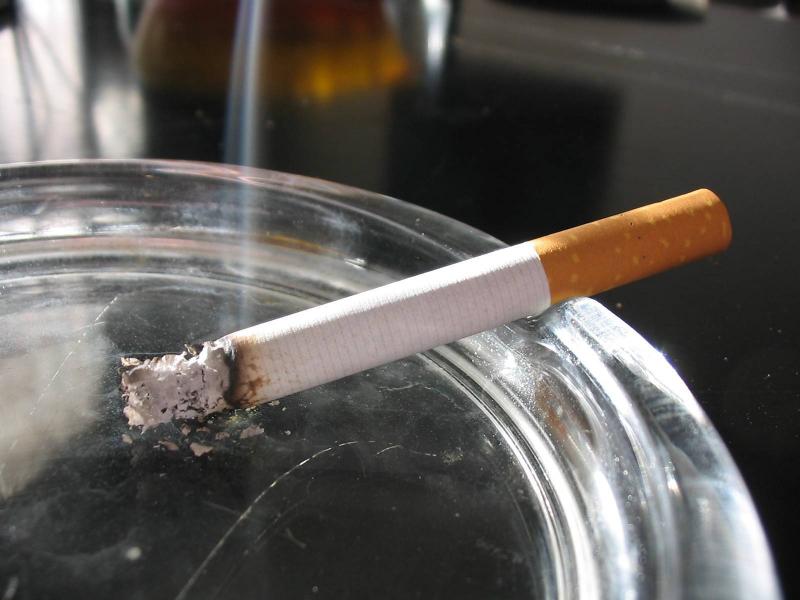Informed sources told the Wall Street Journal that President Joe Biden's administration is considering requiring tobacco companies to reduce nicotine levels in all cigarettes sold in the United States to non-addictive levels. This comes as the deadline approaches for a decision on whether to enact a ban on menthol cigarettes, which are responsible for attracting many teenagers to smoking addiction. The U.S. Food and Drug Administration (FDA) will provide its response on April 29 to a petition submitted by American citizens to one of the courts concerning this matter.
Despite decades of anti-smoking campaigns, nearly half a million people die annually in the United States due to smoking, which costs approximately $300 billion each year in healthcare and lost productivity, according to the FDA itself. A study published in 2018 in the New England Journal of Medicine predicted that reducing nicotine levels to non-addictive thresholds could decrease the number of smokers by five million within the first year of implementing such a policy.
Experts have stated that the reduction in nicotine aims to push smokers towards less harmful alternatives, such as nicotine gum, lozenges, or e-cigarettes, while the menthol cigarette ban seeks to prevent the spread of smoking among teenagers and young adults.
### Previous Attempts
Scott Gottlieb, former FDA commissioner under President Donald Trump, sought to impose a ban on menthol and reduce nicotine levels in cigarettes as part of a plan proposed in 2017. However, those plans were put on hold after he left the agency in 2019. Nicotine itself does not cause cancer or heart or lung diseases, according to the FDA; however, it is addictive and leads to the deaths of hundreds of thousands of smokers in America each year.
On another note, shares of Altria Group, the manufacturer of Marlboro cigarettes, fell more than 6% on Monday afternoon following news of discussions within the Biden administration. A spokesperson for the company stated that "any action the FDA takes should be supported by evidence and scientific research, as well as considering the economic consequences, including the growth of illegal markets and the impact on hundreds of thousands of jobs related to the tobacco sector, from tobacco farming to retail sales across the country."
Meanwhile, a representative from Reynolds American, which produces Camel and Newport cigarettes, said that scientific studies regarding the feasibility of reducing nicotine levels are inconclusive, asserting that "there are better tools to improve public health."
### Ongoing Debate
The reduction of nicotine in cigarettes has been a topic of discussion within the FDA since the 1990s through various methods, including genetically modified tobacco plants or removing nicotine during the manufacturing process. The Tobacco Control Act of 2009 allowed the FDA to enact such changes, provided they were based on scientific evidence.
The provisions of that law clarified that the FDA cannot ban menthol unless it can demonstrate that the ban has clear public health benefits while considering potential consequences such as the growth of illegal markets for such types of cigarettes. In 2013, the FDA concluded that menthol is harder to quit and likely poses a greater health risk than regular cigarettes, noting that the increase in addiction rates is probably linked to young people starting their smoking habits with menthol cigarettes.
Menthol is a compound found naturally in mint plants and has been added to cigarettes since the 1920s to provide a cooling sensation in the mouth that soothes throat irritation caused by cigarette smoke, making cigarettes more appealing to youth and first-time smokers. The tobacco industry has rejected the FDA’s findings on menthol, even as federal data shows that menthol cigarettes account for about one-third of the 226 billion cigarettes sold annually in America, and they are particularly popular among teenagers and African American smokers.




